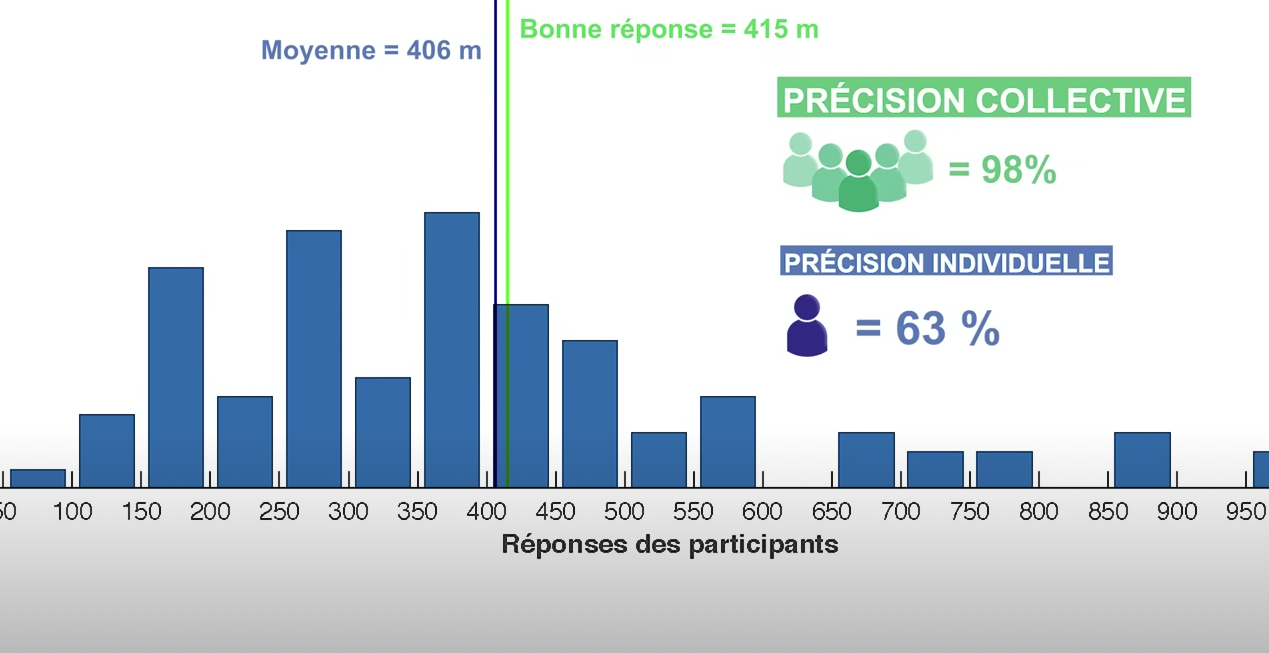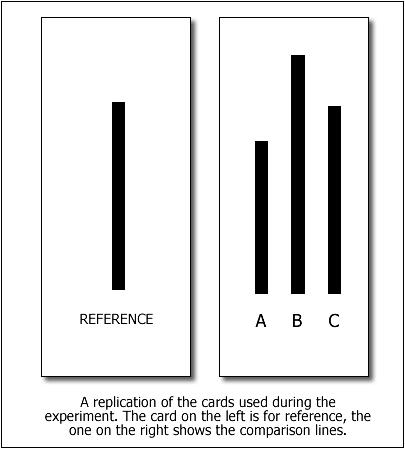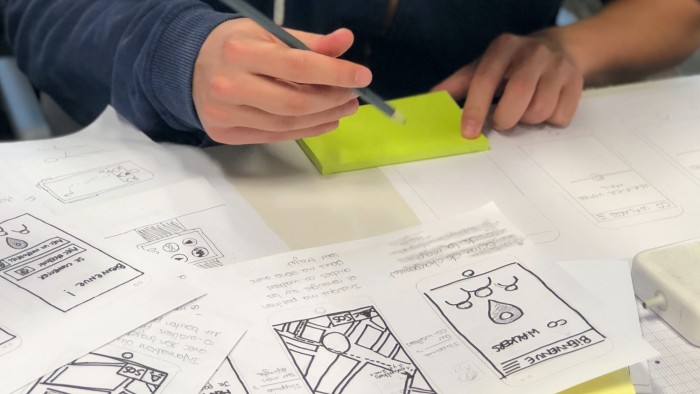Unleashing the power of collective intelligence for agile project estimation
What is collective intelligence and how can it help your teams? To answer these questions, let's take a look at a project estimation method: planning poker.

Collective intelligence, or group intelligence, is based on the principle of working together to achieve more effective solutions. This article explores collective intelligence and focuses on a specific method - planning poker. We'll look at how it works, how it can be used to estimate project tasks and the benefits it offers. Understanding collective intelligence can help improve decision-making and stimulate team creativity. Let's discover its transformative potential together.
What is collective intelligence?
Collective intelligence is based on the collaboration and sharing of knowledge and skills between a group of people. The underlying idea is that by working together, the group is able to produce more effective results than if each person had worked individually. Collective intelligence methods encourage both participation and creativity.

The concept of collective intelligence facilitates decision-making, problem-solving and results. It is based on the idea that collaborating and combining the knowledge, skills and perspectives of several individuals can lead to more innovative, effective and relevant solutions.
Introduction to planning poker
Planning poker, also known as "scrum poker", is mainly used in agile software development methodologies, such as Scrum, to estimate the effort required to complete a task or project. It is generally used by members of the development team, including developers, testers and other stakeholders involved in the planning process.
How it works is pretty straightforward. Here are the main steps:
- Card distribution: each team member receives a set of playing cards numbered according to a known mathematical sequence (the Fibonacci sequence), usually from 0 to 100, or cards representing units of measurement such as story points.
- Discussion: the team examines the first task or feature and discusses what is needed to complete it. Participants can ask questions and exchange views to clarify requirements.
- Estimation: each team member selects a card that reflects their estimate of the time or story points needed to complete the task or feature. Cards are kept secret until all members have made their choice.
- Reveal: Team members reveal their cards simultaneously, which constitutes a revelation. If estimates differ considerably, members engage in a discussion to explain their reasons and refine the overall estimate to bring it as close as possible to reality.
The average estimate is very close to correct
The phenomenon whereby the average of a group's estimates is very close to the correct answer is known as the wisdom of crowds effect or the Condorcet effect. Several factors fuel this phenomenon, such as:
- The competition effect: if members of a group are aware that they are taking part in a competition to find the most accurate answer, they may feel motivated to contribute to this success.
- Group size: the Wisdom of Crowds effect is more pronounced in larger groups, as they are more likely to contain people with particular expertise or knowledge that can contribute to the overall answer.
- Weighting of responses: certain mechanisms can be used to weight individual responses according to the quality of the answer or the expertise of the person who provided it, which can improve the collective estimate.
By combining these factors, the average of a group's estimates can be very close to the right answer.
Let's take an example with no direct connection to poker planning:
In an experiment conducted by Mehdi Moussaïd, a researcher at the Max Planck Institute in Berlin, a group was asked: “What was the height of the south tower of the Word Trade Center before it collapsed?”

Here we see a large standard deviation in the answers. Some people estimated the height at between 50 and 100 meters, while others put it at almost 1000 meters. On the graph, "individual precision" corresponds to the average precision of each response, while "collective precision" is the fusion of all responses (median or average) into a single value.
Despite the extreme responses, collective accuracy is clearly superior to individual accuracy. During the planning poker session, if everyone participates, and we take into account all estimates, even the "extremes", we have an average close to accuracy.
In other words, extreme answers don't affect the final result, because they're fairly distributed on both sides of the correct answer.
Cognitive biases and stereotypes distort shared intelligence
Group members may be influenced by their own biases or preconceptions, which can have a negative impact on their contributions and decisions. These biases can hinder the effectiveness of collective intelligence.
.jpg)
For example, if a group member shows prejudice or negative stereotyping towards another group member, or on the contrary shows excessive sympathy towards one of them, this can lead to a lack of trust or blind confidence in that person. As a result, that member's ideas may be overlooked, hasty decisions may be made and important information may be ignored. Such situations can seriously affect the overall quality of collective intelligence.
Ultimately, the key to maximizing collective intelligence is to foster an inclusive and open environment in which every member is respected and ideas are discussed constructively and fairly. By encouraging a diversity of perspectives and experiences, it is possible to overcome cognitive biases and stereotypes, and foster the full potential of collective intelligence.
Preserving collective intelligence: the power of secret estimation
In 1951, psychologist Solomon Asch conducted an experiment known as the Asch experiment. This experiment highlights the influence of conformity on individual decisions within a group. In this experiment, a group of accomplices, with the exception of one subject, were asked to judge the length of lines drawn on a series of posters. Initially, the accomplices gave the correct answer, but halfway through the experiment, they deliberately gave a wrong answer in unison. The subject was the second-to-last to respond. The results of the experiment showed that subjects conformed to the wrong answers supported unanimously by the accomplices in 36.8% of cases.

The importance of secret estimates therefore lies in the fact that group members provide their estimate independently, uninfluenced by other group members' responses. This minimizes conformity bias and maximizes collective intelligence, allowing each member to contribute equally to the final decision.
As seen above, the average of a group's estimates is very close to the correct answer, thanks to the effect of the wisdom of crowds. Everyone's free will is therefore essential, and by ensuring that everyone expresses his or her estimate without this conformist effect, we immunize collective intelligence.
In conclusion, secret estimation is a key element of collective intelligence as it minimizes conformity bias and maximizes creativity and diversity of ideas.
A high influence factor can deteriorate common intelligence
A person's influence factor refers to their ability to influence other group members. Each group member's influence factor can be supported by :
- ability to communicate effectively,
- competence in a particular field,
- ability to work collaboratively.
However, as seen above, diversity of opinion is crucial. So, when one person's influence factor is excessively high, this can actually deteriorate group dynamics and harm the quality of collective interaction. A person who is too dominant in the group can suppress the contributions of other group members, which can reduce creativity and the diversity of ideas.
What's more, if that same influential person is wrong, he or she will drag part of the group into the same mistake.
What is the Fibonacci sequence?
The Fibonacci sequence is a sequence of numbers in which each number is the sum of the previous two. This gives: 0, 1, 1, 2, 3, 5, 8, 13, 21, 34, etc. This sequence is interesting because the gaps between consecutive numbers gradually increase as the sequence progresses. This means that the successive numbers are further and further apart.

Using Fibonacci in an estimation process
When applied to an estimation process, the Fibonacci sequence can help avoid estimates that are too close to each other. By using numbers from the Fibonacci sequence as a reference for estimates, we create a scale where the differences between values are relatively large. This results in more varied and distinct estimates.
Participants are therefore invited to give estimates using the Fibonacci sequence (1, 2, 3, 5, 8, 13, 21, ...), which naturally leads to spaced estimates. This increases the chances of obtaining a greater diversity of estimates, which is essential for obtaining better collective intelligence and opening up exchanges on everyone's different ideas.
Conclusion
Collective intelligence, when properly used and understood, can be a powerful tool for improving estimating processes. Planning Poker, based on collective intelligence, promotes more accurate estimates through diversity of opinion, secret estimation and the use of the Fibonacci sequence. However, as we have seen, it is crucial to foster an inclusive environment, preserve the independence of estimates and maintain a balance in the influence factor of participants to maximize its potential.


